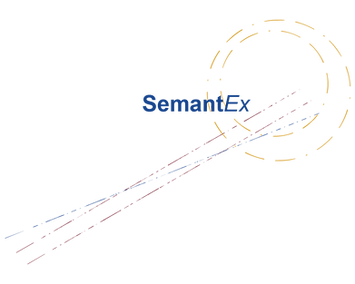Temporal Sequencing
This is a project to try and understand from text data enough to be able to answer questions like; 'did A cause B'.
Of course determining causality is difficult unless something is explicitly stated as 'A caused B' however a lot of temporal information is present in texts in statements such as "We had been providing support to the advance unit to enable them to continue operations" and this can be extracted from graphs of the text by filtering on different elements of links.
The data used for this project is taken from post deployment interviews with service personnel which have been put through speech to text conversion and then partly error corrected. The language is still imprecise and poorly structured however. The SementEx system is still able to retrieve a significant amount of information into a knowledge graph. A sample of the analysis output is shown below.

The graph here is not an exact representation of the graph derived from the text. It has first been filtered to include only links that suggest a temporal sequencing and then the entities with the most of these links between them have been returned. The width of the linking arrows is proportional to the number of links between the entities. By this multi stage process the initial large graph has been distilled to produce more useful information. Note that we can 'drill down' into the graphed linguistic elements that underlie the link.
Temporal sequence filtering has to take into account many linguistic factors, some verb tenses indicate temporal sequence as do prepositions such as 'after', 'before' etc. Some verbs themselves indicate a temporal sequence: 'follow', 'lead' and of course 'cause' are examples. Care has to be taken to establish the correct sense of the temporal link, not just in prepositions such as 'before' and 'after', verbs used in the passive voice can often switch the temporal sense; "I followed John" as opposed to "I was followed by John" for example.
